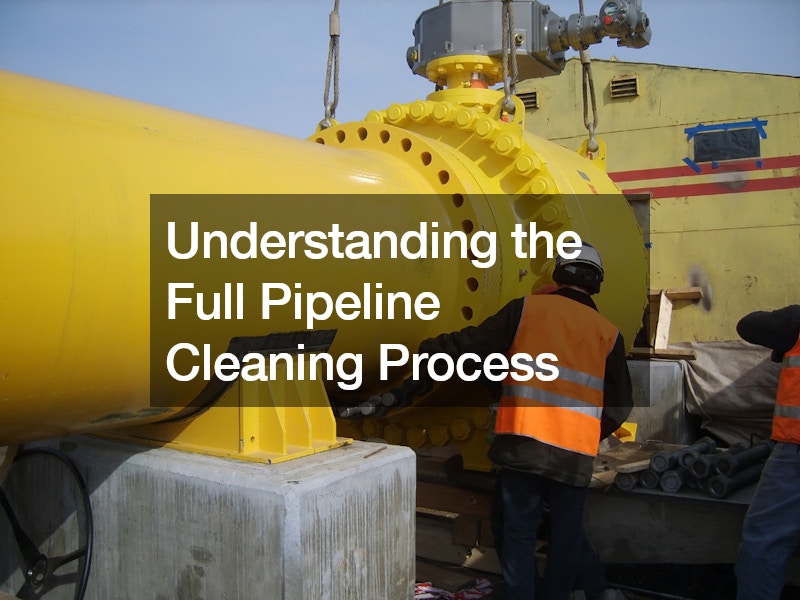Maintaining proper drainage systems is crucial for the effective management of water runoff around residential and commercial properties. Underground drains connected to downspouts play a significant role in directing water away from buildings and preventing water damage. However, over time, these drains can become clogged with debris, causing blockages and hindering the drainage process.
To address these issues, professional pipeline cleaning services like DIV Cleaning Service offer specialized solutions such as underground drain flushes. This process involves the thorough cleaning of underground drainage systems to remove debris and restore proper functionality.
When conducting an underground drain flush, technicians begin by assessing the drainage system to identify any areas of concern. They distinguish between above-ground drains, which typically drain onto the surface, and underground drains, which are buried beneath the soil. Underground drains are often connected to downspouts and may consist of PVC or corrugated plastic pipes.
Using advanced inspection tools like boroscope cameras, technicians can visually inspect the inside of the drain pipes to identify blockages and debris accumulation. Common areas where debris collects include bends and junctions in the pipes.
Once the blockage is located, technicians employ various pipeline cleaning techniques to clear the drain. One method involves hydrojetting, where high-pressure water is used to dislodge debris and flush out the pipe. A jetter tip attached to a pressure washer is inserted into the drain, and the water pressure propels it forward. The forward-facing jet breaks through the blockage while rear-facing jets help propel the tip through the pipe.
In situations where the exit point of the drain is inaccessible, technicians may detach the underground portion of the pipe from the downspout. This allows for direct access to the pipe, making it easier to flush out debris and clear blockages.
During the pipeline cleaning process, technicians must maintain consistent water pressure and monitor the progress closely. Reverse flushing is often used to clear remaining debris from the exit point, ensuring unobstructed drainage.
Root intrusion and damaged pipes are common challenges encountered during drain cleaning. To mitigate these issues, technicians avoid using cutting or spinning jetter tips that could damage the pipe. Instead, they rely on steady water pressure to gradually remove debris and clear blockages without causing further harm.
Regular maintenance of underground drainage systems is essential to prevent blockages and ensure proper functionality. By scheduling periodic drain flushes, property owners can avoid costly repairs and maintain efficient water management around their properties.
Underground drain flushes are a vital part of property maintenance, especially for homes and businesses with underground drainage systems. By employing specialized pipeline cleaning techniques and equipment, technicians can effectively remove debris and restore proper drainage, preventing water damage and ensuring the longevity of the drainage system. Regular maintenance is key to preserving the integrity of underground drains and safeguarding properties against potential flooding and water-related issues.
In conclusion, the importance of maintaining clear and functional underground drainage systems cannot be overstated. Effective water management is essential for preserving the integrity of buildings and surrounding landscapes, as well as preventing costly water damage.
By investing in professional drain cleaning services like underground drain flushes, property owners can take proactive steps to ensure that their drainage systems remain in optimal condition. Regular inspections and cleaning sessions can help identify potential issues early on, preventing minor blockages from escalating into major drainage problems.
Furthermore, the use of advanced technologies such as boroscope cameras and hydrojetting equipment allows technicians to conduct thorough inspections and cleanings with precision and efficiency. These tools enable them to locate blockages, remove debris, and restore proper water flow quickly and effectively.
Property owners should also prioritize regular maintenance of their drainage systems to prevent future issues. Implementing a schedule for routine drain inspections and cleanings can help identify and address potential problems before they worsen. Additionally, taking preventive measures such as installing gutter guards and maintaining landscaping to prevent debris buildup can help prolong the life of underground drainage systems.
By investing in professional pipeline cleaning services and adopting preventive maintenance practices, property owners can protect their investments and ensure the long-term functionality of their drainage systems. Whether for residential or commercial properties, proper drainage is essential for safeguarding structures, landscaping, and overall property value.
In summary, underground drain flushes play a crucial role in maintaining clear and efficient drainage systems. By addressing blockages and removing debris, these services help prevent water damage, mitigate potential flooding, and preserve the integrity of buildings and surrounding landscapes. Property owners who prioritize regular drain maintenance can enjoy peace of mind knowing that their drainage systems are functioning optimally and protecting their investments for years to come. With professional assistance and proactive maintenance efforts, property owners can ensure that their underground drainage systems remain clear, efficient, and reliable in any weather conditions.
.


